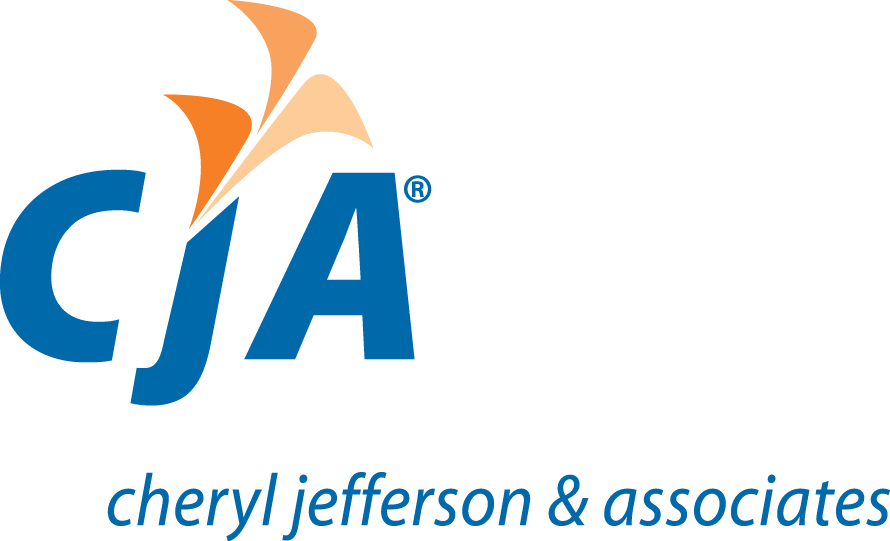Year End Checklist
Businesses worry about more than just gearing up for holiday festivities at year end. During this time they experience ‘crunch mode’ in order to complete many year-end tasks. Including closing their books, compiling annual statements, and meeting tax deadlines. Year-end requires a diligent approach to financial reporting. There are several steps that will help your business at year-end to ensure accuracy and compliance. To ease this process for you, we have put together a checklist for a seamless year-end review.
Get Organized
- Now is a great time to embrace that accounting software you have been eyeing for awhile. It will help with efficiency, as well as accuracy.
- Not ready to take on an accounting system? That is ok! However, you will want to organize your paper trail. Performing this task through out the year, helps to ensure you have comprehensive documentation of expenses.
Review the Trial Balance
- After organizing your financial data, review the Trial Balance report. You will want to review the balances of your business’ accounts. Also, make sure to review the activity of accounts with zero balances.
- Analyze balances for variances—incorrect debits or credits, unexpected account balances. Also, review the classifications of all transactions. If there are any misclassifications, be sure to resolve these.
- Make sure to prepare reconciliations for the bank statements, credit card statements, and statements from third-party providers.
Payroll Expense Reconciliation
- Payroll expenses are prone to error; therefore, it is important to reconcile the payroll expenses with the 941, 940, and SUTA tax returns.
- To avoid penalties, ensuring compliance with the IRS regulations is essential.
Review Accounts Payable and Receivable
- Review both the A/P and A/R aging reports
- Ensure there is no missing information, and the outstanding balances, not only are accurate, but reconcile to the Trial Balance report balances.
- Accounts Payable: this means that all bills and bill payments have been recorded.
- Accounts Receivable: All invoices are recorded and have been sent out to customers. Any payments from customers have also been recorded.
Work-from-Home State Tax Implications
- Asses the state tax implications for remote workers
- Document all employees’ work locations, accounting for potential tax liabilities for different states.
- Review rules for additional tax filings based on each state’s regulations.
Take Inventory of Property and Equipment
- Do not forget to review your fixed assets, including those with remote employees.
- Document any new assets, disposals, and modifications and update the fixed asset listing.
- Ensure the depreciation balance is accurate for the year.
Review Trends
- Reviewing trends helps to ensure that all financial data is complete and accurate.
- Fluctuations will pose red flags and will require a deep dive into what is going on. Ultimately, identifying misclassifications, missing entries, etc.
- Assessing the trends should be done over several periods. At year-end it is recommended to perform this over multiple years.
A thorough year-end checklist is an indispensable tool for any business. While this checklist provides guidance, it does not cover every detail of the year-end process. Our team helps facilitate a proactive approach ensuring your business is prepared for year-end challenges throughout the year.
Originally written by Cheryl Jefferson Cooke
Updated and additional content provided by Elizabeth Partlow

